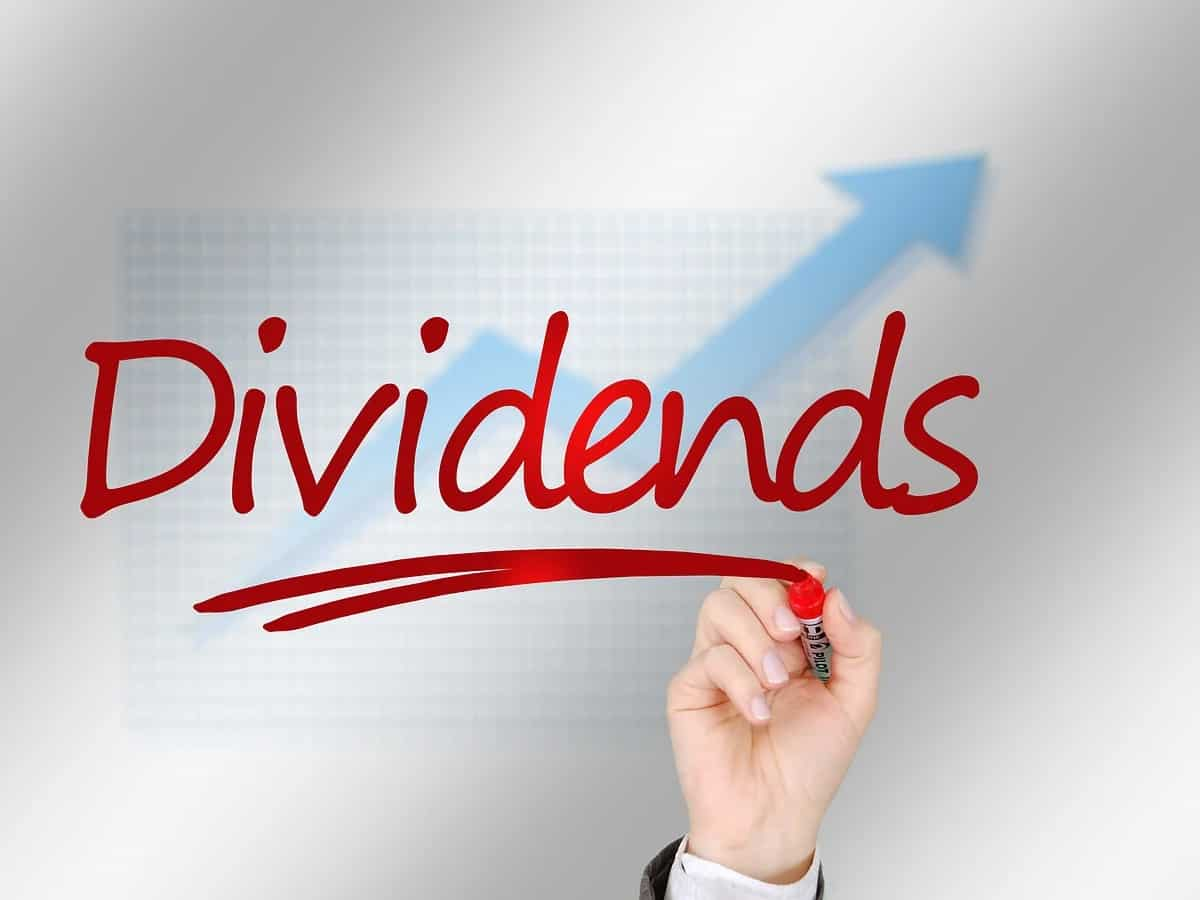Investing in high-dividend yield stocks can be an enticing opportunity for many investors looking to generate passive income. These stocks offer the potential for regular cash payouts, often higher than the average stocks dividend yield.
However, like any investment strategy, there are both pros and cons to consider before diving into the world of high-dividend yield stocks. In this article, we will explore three key advantages and drawbacks of investing in these types of stocks to help you make an informed decision about whether they are right for your investment portfolio.
1. Pros of Investing in High-Dividend Yield Stocks

Investing in high-dividend yield stocks offers several appealing advantages for investors looking to maximize their returns. One key benefit is the potential for regular income through consistent dividend payouts, providing a steady stream of cash flow even during market downturns.
Additionally, high-dividend yield stocks can serve as a hedge against inflation, as companies with a history of growing dividends tend to outpace inflation over time. Another advantage is the potential for long-term capital appreciation, as companies that prioritize paying out dividends often have solid financial fundamentals and a track record of stability and growth.
Overall, investing in high-dividend yield stocks can be a strategic way to build a diversified portfolio and generate passive income for the future.
2. Cons of Investing in High-Dividend Yield Stocks

While the allure of high-dividend yield stocks may be enticing to many investors, there are several cons to consider before diving in.
One major downside is the potential for companies to cut or suspend their dividends, leading to a decrease in income for investors. Additionally, focusing solely on high-dividend yield stocks can limit diversification in a portfolio, increasing overall risk.
Another con is that high-dividend yield stocks may be overvalued, making them more susceptible to market corrections and downturns. It is important for investors to carefully weigh these factors before making decisions about investing in high-dividend yield stocks.
3. Factors to Consider When Investing in High-Dividend Yield Stocks

When considering investing in high-dividend yield stocks, there are several factors that should be carefully evaluated. Firstly, it is important to research the stability and growth potential of the company issuing the dividend.
Companies with a history of consistent earnings and dividend payments are generally safer bets for investors. Additionally, investors should consider the industry in which the company operates, as economic trends and market conditions can impact dividend payouts.
Another factor to consider is the payout ratio, which measures the percentage of earnings that are paid out as dividends. A lower payout ratio typically indicates that the company has room for future dividend growth.
Lastly, investors should assess the overall financial health of the company, paying attention to debt levels and cash flow to ensure the sustainability of the dividend payments over the long term.
Conclusion
In conclusion, investing in high-dividend yield stocks can be a lucrative strategy for investors seeking a steady stream of income. The pros include the potential for attractive returns, passive income generation, and a hedge against market volatility.
However, there are also cons to consider, such as limited growth potential, tax implications, and the risk of dividend cuts. It is important for investors to carefully research and select the best dividend stocks that align with their financial goals and risk tolerance. Ultimately, a well-diversified portfolio that includes a mix of high-dividend yield stocks and other investments can help investors achieve their long-term financial objectives.

